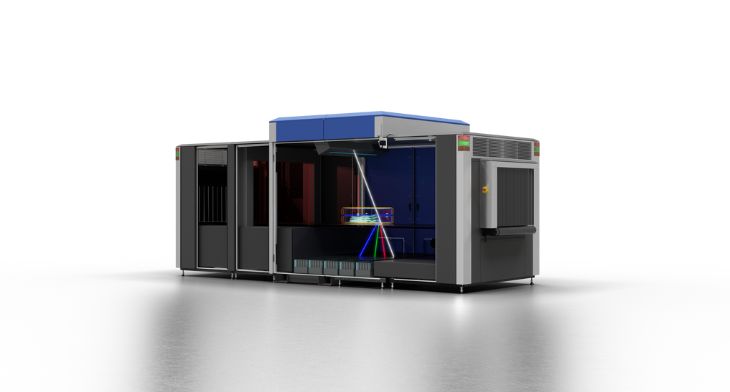A new study published in Lupus Science & Medicine has used isobaric tags for relative and absolute quantitation (iTRAQ) screening technology to identify potential serum biomarkers for detecting systemic lupus erythematosus (SLE). The iTRAQ method detects and reconstructs protein fragments in body fluids using computational techniques. Levels of certain proteins can indicate the presence of inflammation in the body and help track the progression of lupus disease.
In this study, researchers analyzed the serum of nine individuals with SLE and five individuals without SLE using iTRAQ screening. They identified a total of 85 common proteins, with 16 being elevated and 23 being decreased in those with SLE. Notably, two proteins, AZGP and AMBP, were found to be significantly elevated in individuals with both active and inactive SLE.
The AZGP protein is produced in various organs, including the skin, lung, pancreas, liver, and kidney, suggesting a potential contribution to nephritis or lupus-related kidney disease. On the other hand, AMBP was expression was significantly associated with active SLE and correlated with renal disease activity.
Retinol binding protein 4 (RBP4) was also found to be significantly elevated in individuals with SLE compared to healthy individuals. Interestingly, RBP4 levels were higher in individuals of African-American and Hispanic descent but not Chinese descent. Further research is needed to understand how AMBP may influence the development of SLE and its potential role as a biomarker for the disease. To learn more about lupus diagnosis, it is recommended to read the full study.
This study highlights the potential utility of iTRAQ screening technology in identifying biomarkers for detecting SLE. By identifying specific proteins that are associated with inflammation or disease progression, healthcare providers can develop more accurate diagnostic tools that can aid in early detection and management of lupus.
Furthermore, this study also emphasizes the importance of understanding how genetic factors contribute to lupus development. By identifying differences in RBP4 levels between different ethnic groups, researchers may be able to develop personalized treatment plans that take into account an individual’s genetic background.
Overall, this study provides valuable insights into the use of iTRAQ screening technology for identifying potential biomarkers for detecting systemic lupus erythematosus (SLE). Further research is needed to validate these findings and develop more accurate diagnostic tools that can improve patient outcomes.



